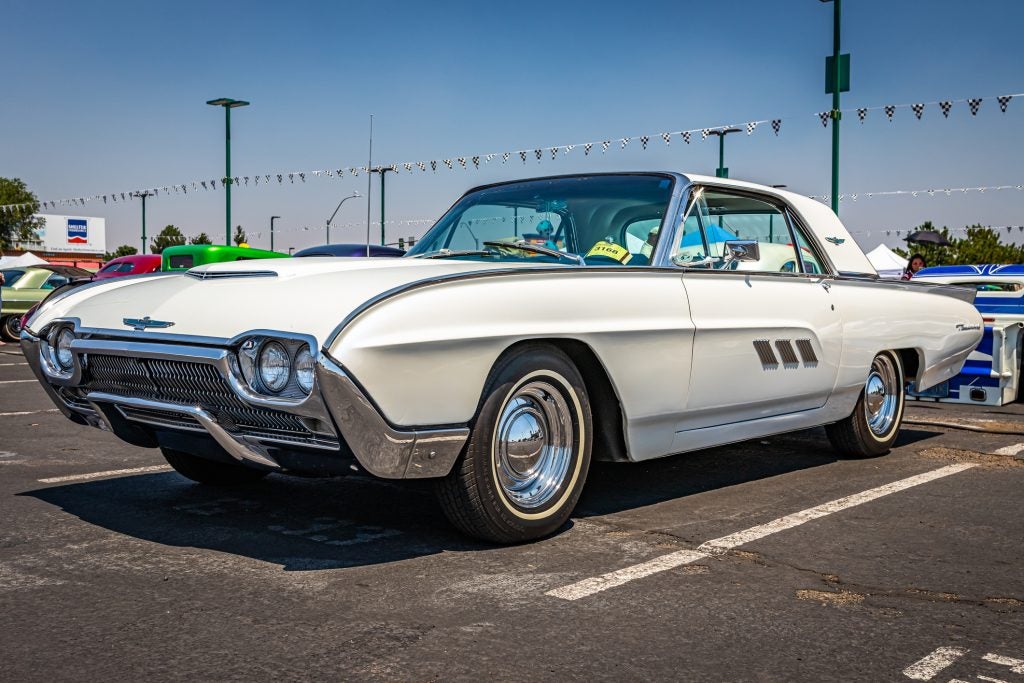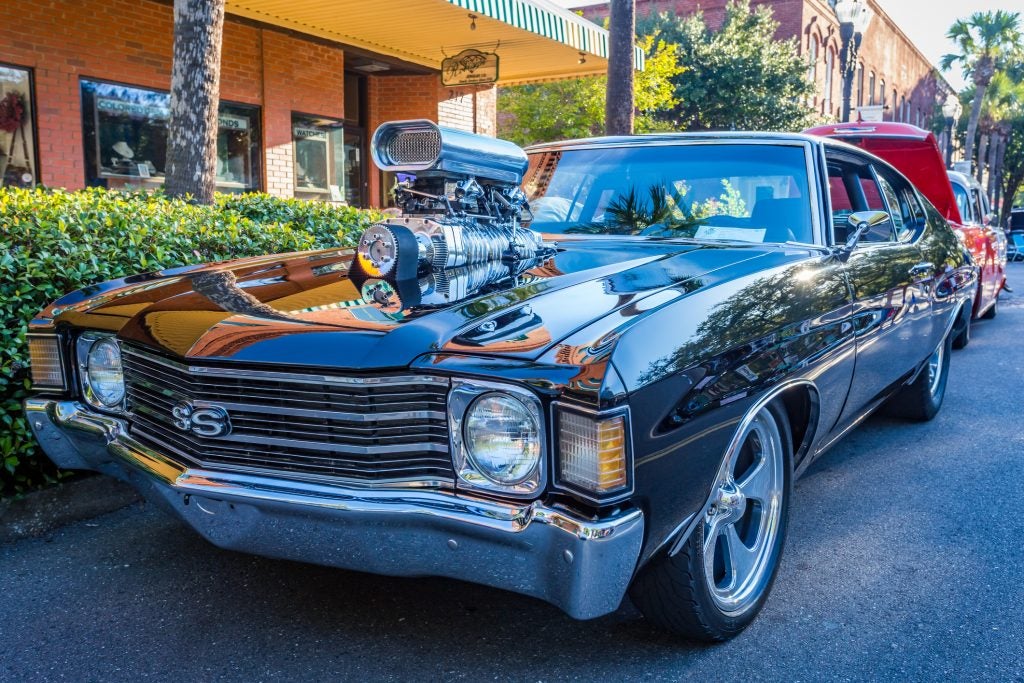The Chrysler corporation recently announced that the Dodge Charger and Challenger models will be discontinued after the 2023 model year — a move which heralds the end of the second muscle car era.
Immediately, one might think that the gas-guzzling testosterone-torches on wheels are yet another victim of the emerging drive towards electric powered vehicles, but that is not the case here.
Muscle cars, like personal luxury vehicles, were created for a purpose, and their purpose no longer exists in today’s world.
During the rise of the automotive era, the major consumers of cars were male. Cars were almost never marketed to females because buying a car was a “guy thing.” That certainly may sound sexist, but history is what it is.
Men also had a tendency to name their cars and use she/her pronouns when referring to them.
MORE: MotorHeadline: Buying a car is the easiest, most difficult thing to do nowadays
In the 1950s, men would change cars almost like changing underwear, it was normal for people to have a new model in the driveway every two years. In fact, most auto loans were only for a year or two, so the consumer was already looking towards the next vehicle almost while their current vehicle was still in the “break-in” stage.
In that period, car styling changed from year to year, meaning your 1956 Plymouth Belvedere looked hopelessly outdated by 1958 and Plymouth was unveiling the new models under the banner of “suddenly it’s 1960!”
The release of the new model year versions was a big deal for manufacturers and dealerships, which would often hold huge public events with barbecues, champagne and they would even have ponies on hand for the kids to pet while dad strolled the showroom.
The American auto industry was always looking for something new to attract customers to car lots and that something new did not always involve high production run vehicles.
In 1955, Ford Motor Company took a gamble in releasing the two-seater Thunderbird. The company never believed the car would be a big seller, it was merely designed to attract men to come into the showroom to marvel over the space age concept.

MORE: MotorHeadline: EVs shouldn’t be political
The idea was that while the Thunderbird was not really a practical vehicle, it would lure people in and perhaps they would leave after impulsively buying a new vehicle more practical than the T-bird.
It was a pleasant surprise to Ford when the Thunderbird took off and sales went through the roof.
While the Thunderbird was anything but a muscle car, the muscle car was created for the same reason, they were never meant to be produced in giant numbers because they were simply a lure to bring men into the showrooms.
Muscle cars were like the centerfold of a Playboy magazine, and the cars were marketed as such with seductive models posing in the ads. Sure, it was sexist, but again, history is what it is.
Oldsmobile really started the muscle car trend by dropping a “rocket 88” engine into its standard 88 model and then paraded around photographs of the “souped up” car on the racetrack. While the Oldsmobile 305 cubic inch engine only produced 135 horsepower and had a top speed of 95 mph, it kicked off the muscle car craze.
Like the Ford Thunderbird, automakers were amazed that a vehicle that was so impractical for the average family was actually a huge seller. By 1960, every auto manufacturer had gotten into the game of taking a regular production vehicle, dumping in a massive V-8 with a gas guzzling four-barrel carburetor, a four-on-the-floor transmission and adding dual exhaust with glass packs to create a road rocket.
However, the need for speed got neutered by the federal government in the early 1970s when new emissions laws took effect. Manufacturers still tried to market their tuned down, hobbled muscle cars by adding flashy decals, spoilers and fake air intakes, but no one was fooled.
MORE: MotorHeadline: It’s time to bring back shop class

The first era of the muscle car was over.
The resurgence really began with the 1985 Buick Grand National, which was based off the popular Regal marque. The GNX version pumped out a mighty 276 horsepower and 360 pound-feet of torque and had a 0-to-60 time of 4.7 seconds. It weighed twice as much but was still faster than a Corvette.
The GNX was a truly low production vehicle, but it heralded the second true muscle car era.
Over time, auto manufacturers learned how to eke out more horsepower and found more sturdy but lightweight build materials which ultimately led to the Dodge SRT Demon which sports a 6.2-liter V-8 Hemi and produces a sick 808 horsepower.
The SRT Demon is such a powerful monster that only a true bad ass would dare to drive it.
And that brings us to the end of the second muscle car era. To most people these days, cars are appliances, and there are too few true auto enthusiasts left for it to make sense for manufacturers to continue producing road rockets.
Also, there is no longer the need for a vehicle to lure people into showrooms. In fact, most modern cars do not go through a redesign every year; the average redesign period of today is seven years, about the length of the average car loan.
People no longer stroll the dealerships comparing models as most car buying is done with the aid of the internet. The modern car dealership is really just the delivery point, so long gone are the days of champaign, hot dogs and ponies as all one has to do is click to select, add options to the cart, type in user information and payment, then take an Uber to the dealership to pick up the keys, or the Fob.
Yep, keys are a thing of the past too. Alas.
See you on the road!
Taylor Bryant contributed to this column. Taylor Bryant is an automotives instructor for Augusta Technical College.
Scott Hudson is the senior reporter for The Augusta Press. Reach him at scott@theaugustapress.com













